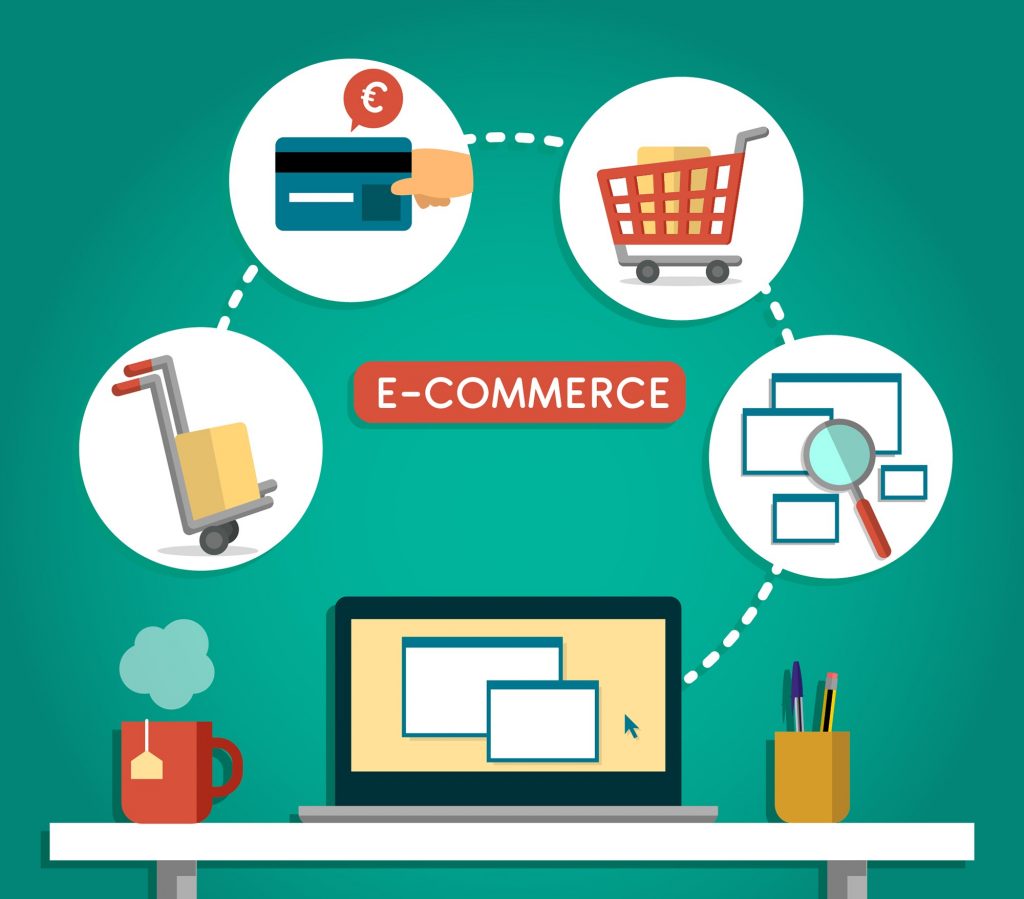It’s not news that the global pandemic has seen dramatic changes in consumer behavior. People who have previously resisted shopping online now have little choice and are signing up to e-commerce sites by the millions.
The effects of COVID-19 on the economy are complicated, but this is mostly positive news for e-commerce. In just one week at the beginning of April 2020, US e-commerce merchants saw orders rise by 54% compared to the same week in 2019, and revenue rise 37% [1]. In the UK, Germany and France — according to a study by Kantar — up to 80% of shoppers are now making at least half of their purchases online [2]. In China, JD.com, the country’s largest online retailer, saw sales of common household goods quadruple during the peak of the outbreak there [3].
So, how can merchants best serve new (and existing) customers right now? How can merchants position themselves to emerge from this crisis stronger, with a larger share of new customers?
Here are our top 5 tips on how to stay set for growth:
- Streamline the user experience of your e-commerce shop
The internet is enabling a lot of the ways we are getting through this crisis. More retailers are establishing online shops, which means that the competition is getting fierce. A new vigor is being applied to UX. Merchants must work harder than before to find and eliminate leaky points in the customer journey; maybe it’s clearer navigation or better imagery, or it could be something else. According to PYMNTS, the share of consumers who report using their mobile devices to enhance their in-store experiences has increased from 49.6% to 72.1% during the last year. Make sure that you’re designing your site to be mobile-friendly (if not entirely optimized for mobile) so that you’re able to convert as many of these opportunities as possible.
- Analyze your cart abandonment rate
Average cart abandonment rates are estimated between 60% and 80%. There are multiple reasons a customer could be leaving their purchase behind: shipping costs are too high, they found a better price elsewhere, delivery preferences weren’t available, or there was lack of detail on the shipping costs or return policy, among others. It’s important to know what factors are causing customers to bail out of purchases.
- Remove all unnecessary complexity at the point of checkout
For instance, allow customers to pay without first going through a lengthy account creation process. Recent PPRO research found that over half of US and UK respondents agree they would stop a purchase if the checkout process is too complicated. And 37% of UK consumers avoid using merchants that require repeat entry of payment credentials. This is an especially important point to make for your new online customers, those who have previously been loyal to brick-and-mortar shops; add tips or instructions in plain language during the checkout process and give them reassurance of what will happen at each step of your checkout flow.
- Consider new markets
Eyeing an expansion across borders? Or perhaps adding another market? Now is the time. More and more customers are online, looking for products or services that suit their very specific needs. A shopper might look across borders for what they want: stronger brand loyalty, the better-quality products, payment methods accepted, and more. You could be reaching untapped markets by offering the right mix of goods, UX, local payment methods, and delivery options.
- Find out what local payment methods customers in each target market prefer
According to Baymard, 20% of abandoned carts are due to a failure to offer the customer’s preferred way to pay. With over 450 significant local payment methods across the globe, each country will have different payment cultures. APAC is dominated by e-wallets like Alipay, WeChat Pay and GrabPay. LATAM consumers are reliant upon cash-based payment methods like OXXO and Boleto Bancario, or locally issued credit cards. Work with your payment service provider to activate as many payment methods as possible at your checkout. Prioritize those methods used and trusted by new and prospective audiences.
There is every reason to believe that many of the people who are shopping online for the first time, buying new types of products online, or simply buying more will continue to use e-commerce far more than they did before, even after the crisis ends. Evidence from Wuhan suggests that even after lockdown ends, customers may continue to be cautious about returning to shops, restaurants and other brick-and-mortar outlets [4].
Merchants must offer customers a great experience now. The businesses who do will end the lockdown period with a larger and more loyal customer base than those who neglect the user experience, and specifically the payment experience.
[FOOTNOTES]
1. https://www.techrepublic.com/article/map-shows-how-covid-19-has-a-major-impact-on-e-commerce
2. https://internetretailing.net/covid-19/covid-19/surge-in-ecommerce-will-outlive-corona-across-europe-consumer-research-suggest-21231
3. https://www.bigcommerce.co.uk/blog/covid-19-ecommerce/#product-categories-shifting-during-covid-19
4. https://www.bloomberg.com/news/articles/2020-04-15/wuhan-s-life-after-lockdown-isn-t-business-as-usual?sref=cHWJcN7x
